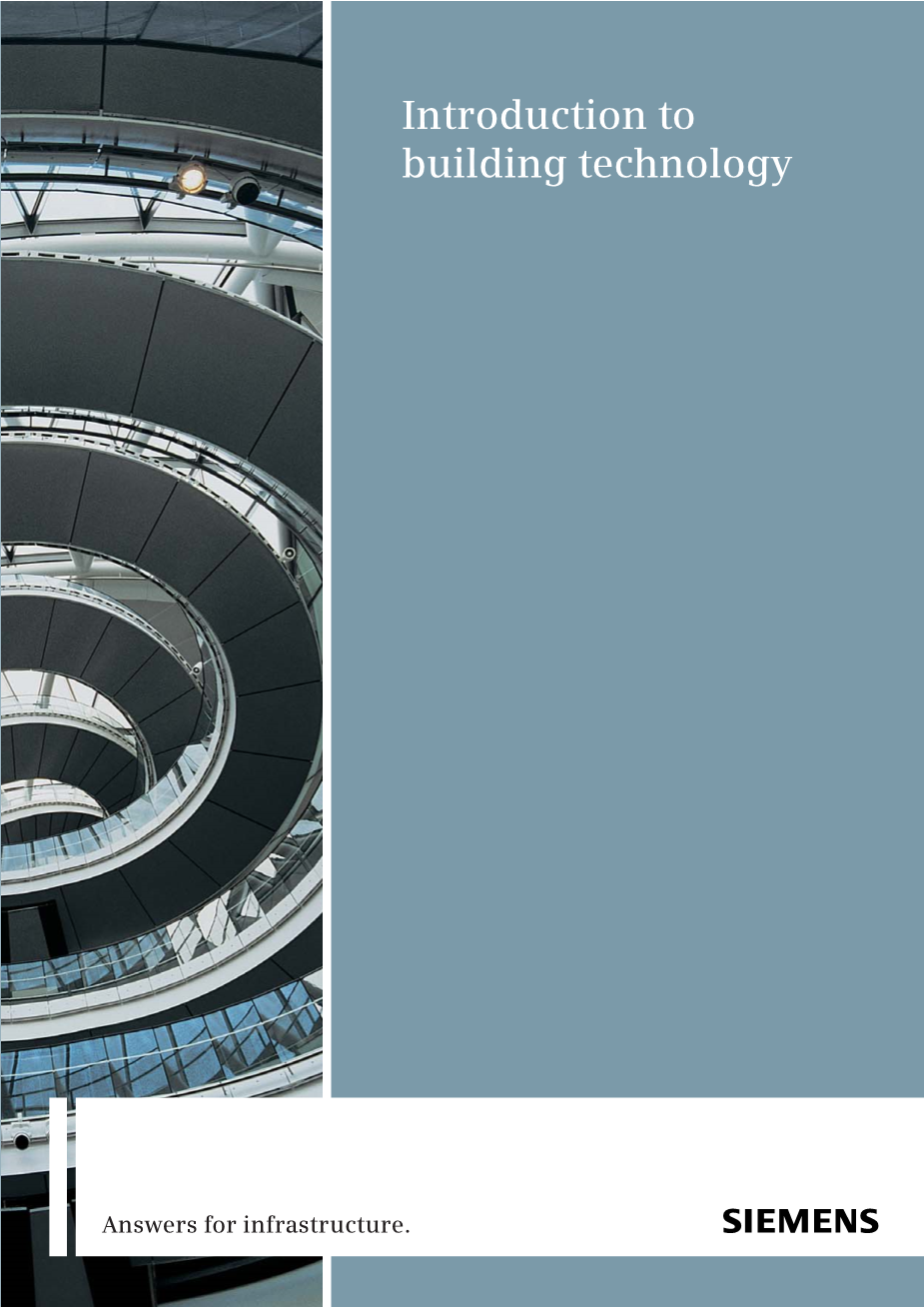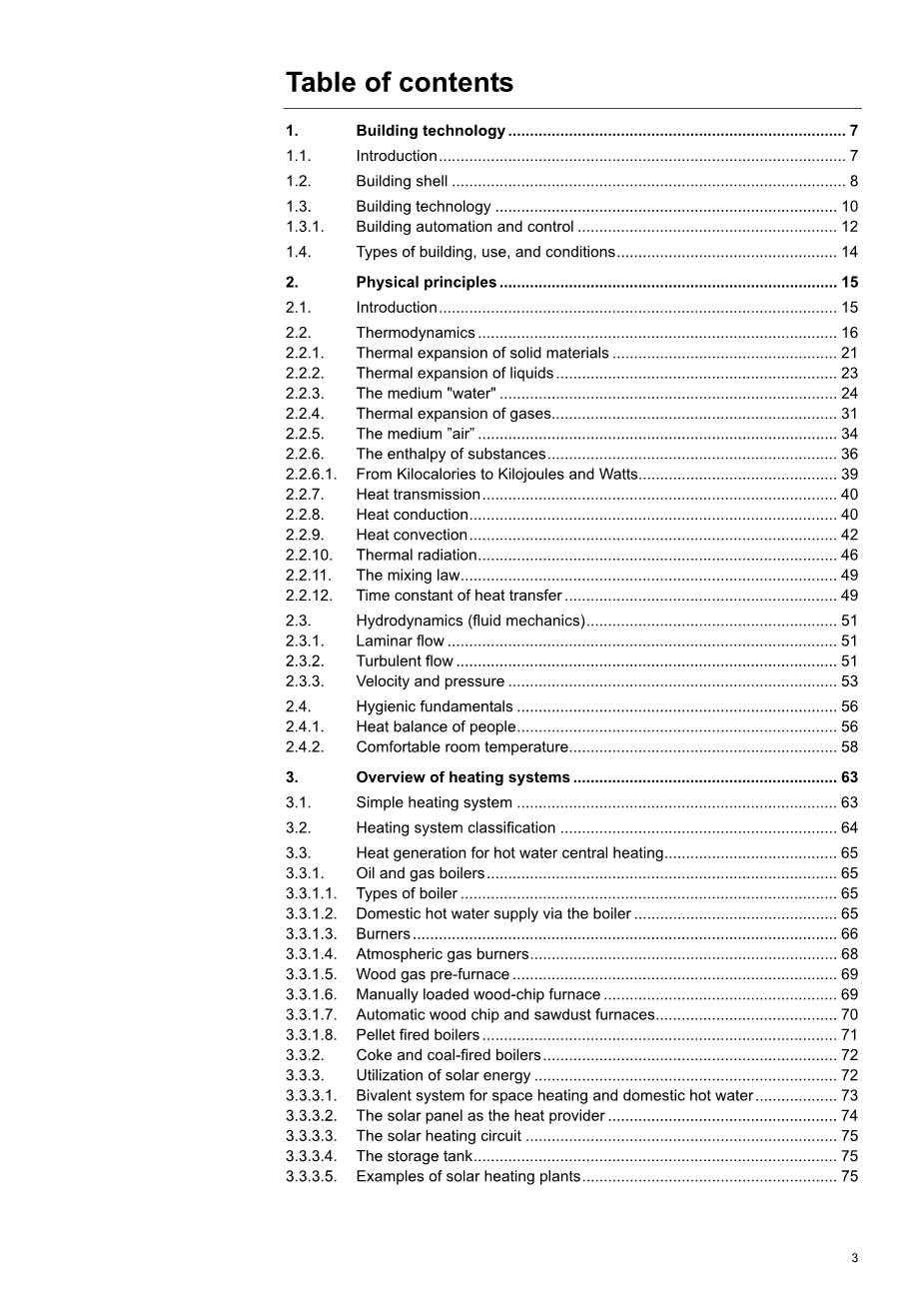

英语原文共 214 页,剩余内容已隐藏,支付完成后下载完整资料
2.2.4. Thermal expansion of gases
If we heat a bar shape of iron, water and air each of 1 cm2 cross section and 10 cm in length to 100 K and compare the thermal expansion of the three materials, we obtain the result shown in Fig. 2-16.
Fig. 2-16 Thermal expansion of iron, water and air
We know why the difference is so large: For iron, the atoms are fixed in place rela- tive to one another, for water the relationship is less distinct and for gases, there is only a very small mutual attractive force among the atoms. And the lower the mu- tual attractive force, the stronger the thermal stimulus (the increased oscillation of the atoms and molecules needs more space).
While solid and liquid materials expand depending on material type, all gases be- have essentially the same. The behavior is often expressed in terms of an ideal gas, that is, a gas that obeys the following laws:
Boyle-Mariottersquo;s Law
Gay-Lussacrsquo;s Law
The law discovered by R. Boyle and E. Mariotte: In a given amount of an ideal gas, the product of pressure and volume at constant temperature is a constant
Pressure: p1 * V1 = p2 * V2 Density: r1 * V1 = r2 * V2
Density behaves like the associated pressure.
Gay-Lussacrsquo;s Law states that the volume V of a gas at constant pressure p in- creases linearly with absolute pressure T:
V1 = V0 (1 *T1 ) = V0 V0 *T1 (T in K)
The (isobaric) coefficient of expansion for all ideal gases has the value =
1/273 K. (V0 = volume at 0ordm;C). Consequently at constant pressure, the gas volume in question is proportional to the absolute temperature, or,
V1 / V2 = T1 / T2
Gases and gas mixtures, such as air, expand 1/273 of their volume at 0 °C for each K heating. ( = 0.00366 K-1)
In other words, 1 m3 ( = 1000 dm3 ) of air always expands approximately 3.66 dm3 for each increase in temperature of 1 K. Whether we heat from 0 °C to 1 °C or from 20 °C to 21 °C is, for our purposes, irrelevant.
The more the air expands, the lighter (less dense) it becomes. (The density of air at 0 °C and 1.013 bar = 1.293 kg/m3 ). The air that we experience as weightless is, in reality, not so light:
1 m3 air at 0 °C = 1.293 kg
20 °C = 1.205 kg
50 °C = 1.093 kg
Buoyancy
From this we can see that 1 m3 of air, moving past a radiator and heating up from 20 °C to perhaps 50 °C, experiences a buoyancy of approximately 1N.
Buoyancy of approx. 1 N! (N = Newton; explained below)
Force, physics: Cause of acceleration or reshaping of a body. The force F is de- fined as the product of the mass m of a body and the acceleration a experienced by the body, or F = m * a
Depending on their physical source, we differentiate among gravitational force, electromagnetic force, strong force (interactive nuclear force) as well as the weak force (leads to the decay of atomic particles). The Newton (N) is the SI unit of force.
The 1N force is considerable for ”light” air. Thus, air heated by a radiator moves swiftly upwards and along the ceiling where it gives up its heat to the ceiling and the surrounding air.
In cooling, the air increases in density (becomes ”heavy” again), moves lower and eventually again reaches the radiator, ”attracted' by the flow of air constantly mov- ing upward from the radiator (Fig. 2-17).
Fig. 2-17 Air circulation in a room having a radiator
What we have here then is the same gravity circulation effect as for a hot water gravity heating system.
Since the air molecules can move freely, they mix much more easily with one an- other than molecules in liquids. The result is that there are less sharply delineated temperature layers in gases.
The temperature behavior caused by the gravity circulation within a room is shown in the graph below.
3 m
2 m
1 m
0 m
18°C 20°C 22°C 24°C 26°C 28°C
Fig. 2-18 The relationship between room height and room temperature
We have touched on the subject of ”The thermal expansion of gaseous materials.” Knowledge of the other gas laws is predominantly an important prerequisite for ventilation and air conditioning systems.
Pure dry air
The humidity of air
2.2.5.The medium ”air”
A thin layer of air surrounds the earth. Variations in this layer cause changes in what is called the barometric (atmospheric) pressure (measured with a barometer). Airs most critical feature is that life forms need it to breath. A grown person, for ex- ample, requires approximately 0.5 m3 air to breathe per hour to maintain life proc-
esses. In addition, the air fulfills other vital requirements. For example, air absorbs vast amounts of water in form of vapor from the surfaces of lakes and oceans, transports it large distances and then lets it fall to earth in the form of precipitation. The physical quantities used to describe the state of the air are referred to as vari- ables. Air conditioning systems also deal with these variables. The most important are air temperature, humidity and pressure.
Air is a mixture of gases, vapors and contaminants. Dry, clean air exists only theo- retically. Dry, clean air would consist of:
|
Gaseous material: |
Chemical symbol: |
Volume % |
Weight % |
|
Nitrogenlt; 剩余内容已隐藏,支付完成后下载完整资料 资料编号:[150896],资料为PDF文档或Word文档,PDF文档可免费转换为Word |
课题毕业论文、开题报告、任务书、外文翻译、程序设计、图纸设计等资料可联系客服协助查找。
您可能感兴趣的文章
- 饮用水微生物群:一个全面的时空研究,以监测巴黎供水系统的水质外文翻译资料
- 步进电机控制和摩擦模型对复杂机械系统精确定位的影响外文翻译资料
- 具有温湿度控制的开式阴极PEM燃料电池性能的提升外文翻译资料
- 警报定时系统对驾驶员行为的影响:调查驾驶员信任的差异以及根据警报定时对警报的响应外文翻译资料
- 门禁系统的零知识认证解决方案外文翻译资料
- 车辆废气及室外环境中悬浮微粒中有机磷的含量—-个案研究外文翻译资料
- ZigBee协议对城市风力涡轮机的无线监控: 支持应用软件和传感器模块外文翻译资料
- ZigBee系统在医疗保健中提供位置信息和传感器数据传输的方案外文翻译资料
- 基于PLC的模糊控制器在污水处理系统中的应用外文翻译资料
- 光伏并联最大功率点跟踪系统独立应用程序外文翻译资料



